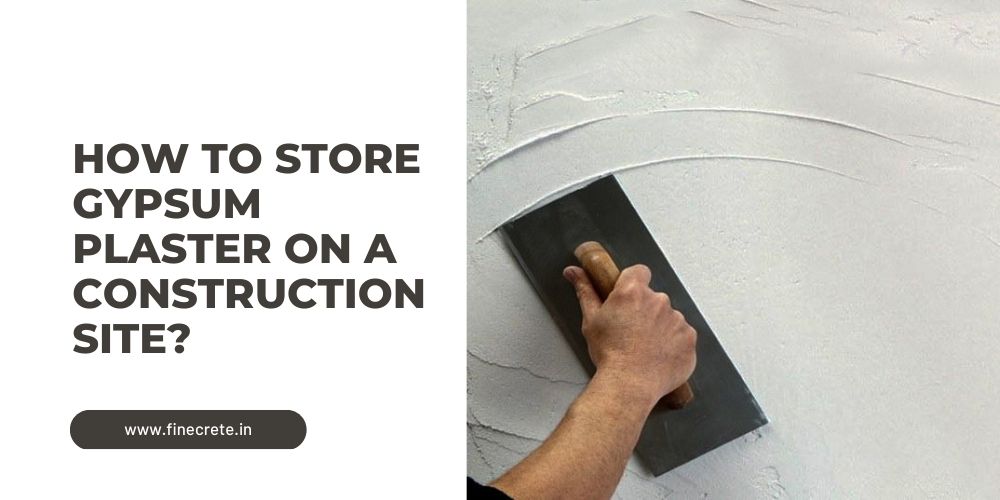In the construction industry, gypsum was not utilized as frequently as it is now. However, because of its practical qualities, this material is now widely used in this industry with the development of technology and new fashions. Gypsum plaster is used for sculpture molding, plastering etc. Gypsum is heated to high temperatures, between 120 and 180 degrees Celsius, to create plaster of Paris. Plaster of Paris changes back into its original form when water is added, i. e. gypsum. The material becomes harder as a result. Casts and molds for the construction industry are made from this hardened material.
For concrete, brick, and block surfaces, dried PoP is used as a coating. On almost any surface, including walls, gypsum plaster can be applied. It is important to look for reputed gypsum plaster manufacturers in Punjab who are known for ensuring the quality of their products.
How Should Gypsum Plaster be Stored on a Construction Site?
Gypsum plaster needs to be kept in a dry, elevated area. This is because it holds moisture. Gypsum plaster cannot be used in outdoor applications because it is not moisture-resistant. Areas exposed to moisture and water, such as the bathroom, kitchen counter, etc., cannot be covered with this material. Gypsum plaster should only be used in places away from water and moisture because it is susceptible to dampness.
Gypsum plaster is a versatile material that is often used to finish off ceilings, walls, and floors. But it should be stored in a dry place, away from moisture, to keep it dry and stable. It should not be stored near any surface that comes into contact with water because it is not moisture-resistant.
This material should be stored on a dry surface, preferably one that is elevated and away from water and other sources of moisture from the environment in order to get the most use out of it. Compared to traditional cement mortar plaster, which is made of sand and cement, gypsum plaster is more expensive. Gypsum plaster must be used instead of sand in areas where its use is prohibited, which raises the cost of construction as a whole.
Gypsum plasters need to be handled with care both before and after application at the construction site. Gypsum plaster is available in the market in bags weighing 20–40 kg. To use the container as gypsum plaster, make sure it is tightly sealed while storing. Gypsum plaster bags need to be kept at the construction site on an elevated surface made of brick, concrete, or wood. Because they could be exposed to moisture or water, place the bags away from the walls and other masonry surfaces. Keep the bags away from moisture. Moisture shortens the plaster’s setting time and has a negative effect on the gypsum plaster’s strength.
Gypsum plaster that is ready for application has a shelf life of three to four months after the date of production. However, the shelf life can be extended by an additional six months if stored with the utmost care and in the right environment or temperature setting.






